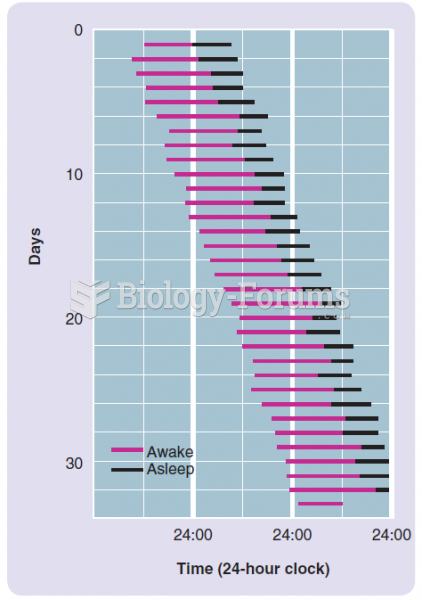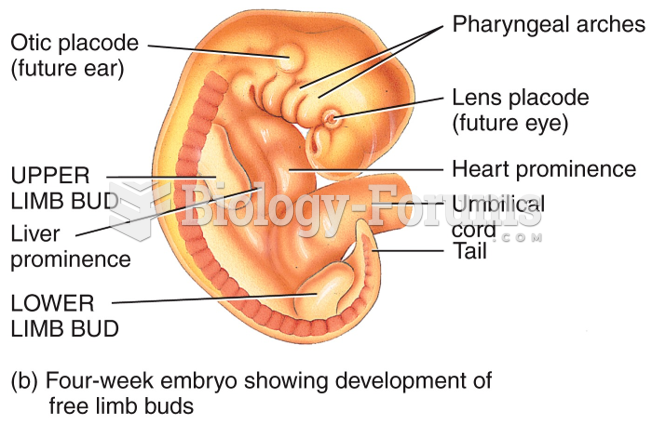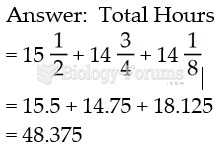Answer to Question 1
B
Answer to Question 2
The objectives are:
a) Make the action clear and simple to complete: Define the desired action in specific terms that are easy to complete. General instructions such as Let us hear from you, Take action on the matter, and Make a response are ineffective. Make action simple to encourage the audience to act immediately. Instead of asking readers to fill in their names and addresses on order forms or return cards and envelopes, do that work for them. Otherwise, they might see the task as difficult or time consuming and decide to procrastinate.
b) Restate the reward for taking action (central selling point): The central selling point should be introduced early in the message, interwoven throughout the evidence section, and included in the last paragraph as an emphatic, final reminder of the reason for taking action.
c) Provide an incentive for quick action: If the reader waits to take action on your proposal, the persuasive evidence will be harder to remember, and the audience will be less likely to act. Therefore, you prefer the audience to act quickly. Reference to the central selling point (assuming it has been well received) helps stimulate action. Commonly used appeals for getting quick action are to encourage customers to buy while prices are in effect, while supplies last, when a rebate is being offered, when it is a particular holiday, or when they will receive benefits.
d) Ask confidently for action: If you have a good product, service, or idea and have presented evidence effectively, you have a right to feel confident. Demonstrate your confidence when requesting action: To save time in organizing appointments and tasks, complete and return . Avoid statements suggesting lack of confidence, such as If you want to save time in organizing appointments and tasks, complete and return... ., If you agree... ., and I hope you will... .







